(NLDO) - The US dark energy capture warrior DESI has helped scientists discover thousands of more black holes lurking in the sky.
In a study recently presented in the scientific journal Astrophysical Journal, a US research team described a huge collection of 2,500 central black holes of dwarf galaxies and 300 black holes of the "missing link of cosmology" type.
Scientists conducted a special sky exploration using the Dark Energy Spectroscopic Instrument (DESI) on the National Science Foundation (NSF) Nicholas U. Mayall 4-meter telescope, located at Kitt Peak National Observatory (USA).
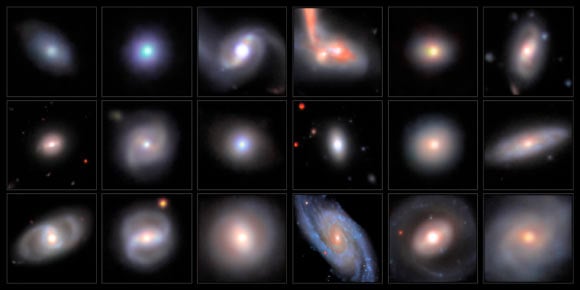
Some dwarf galaxies with active black holes identified by DESI - Photo: NSF
Black holes are invisible because they are completely dark. But thanks to DESI's "magic eyes", the faintest signals from very distant active galactic nuclei have been picked up.
"When a black hole at the center of a galaxy starts to feed, it releases a huge amount of energy into the surrounding environment, transforming into what we call an active galactic nucleus," Sci-News quoted researcher Ragadeepika Pucha from the University of Utah (USA).
This dramatic activity acts as a lighthouse, allowing them to identify black holes hidden in small galaxies that are too faint to observe.
Dr. Pucha and colleagues collected an unprecedented dataset that included spectra of 410,757 galaxies, including 114,496 dwarf galaxies.
As a result, they confirmed 2,500 new black holes, which are the active nuclei of dwarf galaxies.
A separate observation – also using DESI – identified 300 intermediate-mass black holes, which have been nicknamed “cosmology's missing link”.
Intermediate-mass black holes have masses between those of the monster black holes (supermassive black holes) at the centers of galaxies, but are much larger than the remnants of massive dead stars, known as stellar-mass black holes.
To date, there is no clear explanation for the origin of this mysterious intermediate-mass black hole.
This is the largest collection of dwarf galactic central black holes and stellar-mass black holes ever identified by astronomers.
Previously, other fiber-optic spectrometers typically had larger optical fibers, allowing more starlight from the galaxy's periphery to enter and diluting the signals they were looking for.
DESI overcame this, thus finding the subtlest signals from black holes hiding well in the sky.
Source: https://nld.com.vn/2800-lo-den-moi-dong-loat-hien-hinh-19625022308481665.htm


![[Photo] Prime Minister Pham Minh Chinh meets with King Philippe of Belgium](https://vstatic.vietnam.vn/vietnam/resource/IMAGE/2025/4/1/be2f9ad3b17843b9b8f8dee6f2d227e7)

![[Photo] General Secretary To Lam receives King Philippe of Belgium](https://vstatic.vietnam.vn/vietnam/resource/IMAGE/2025/4/1/e5963137a0c9428dabb93bdb34b86d7c)
![[Photo] President Luong Cuong and King Philippe of Belgium visit Thang Long Imperial Citadel](https://vstatic.vietnam.vn/vietnam/resource/IMAGE/2025/4/1/cb080a6652f84a1291edc3d2ee50f631)
![[Photo] Close-up of Vietnam's sniffer dog team searching for earthquake victims in Myanmar](https://vstatic.vietnam.vn/vietnam/resource/IMAGE/2025/4/1/d4949a0510ba40af93a15359b5450df2)

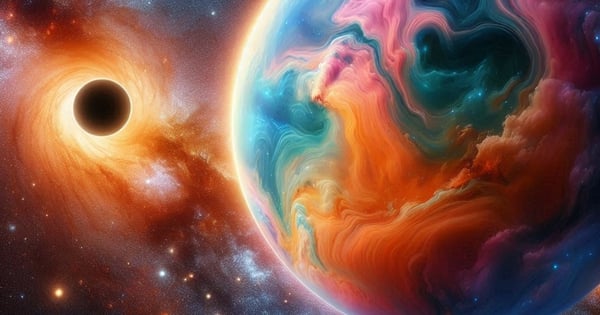

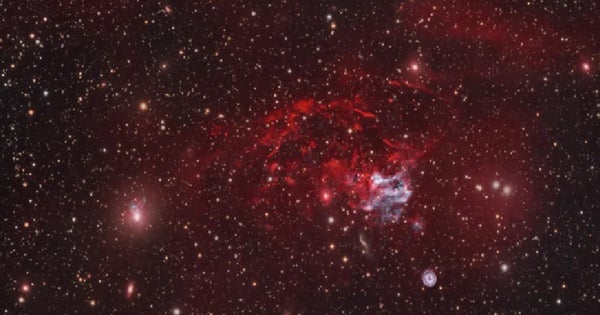
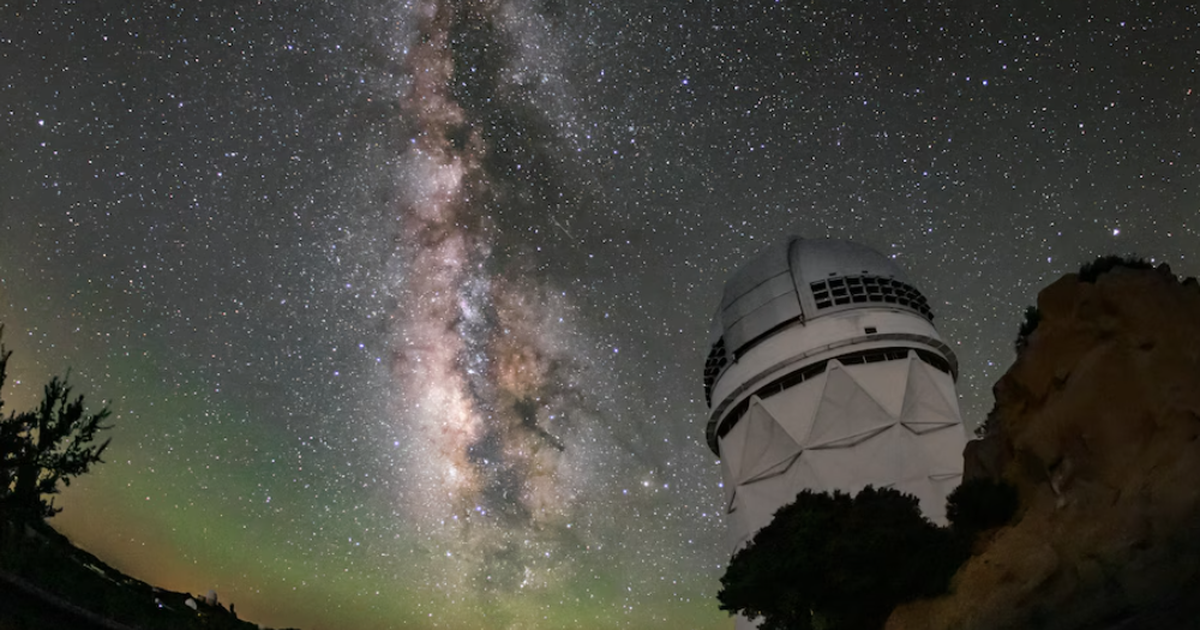

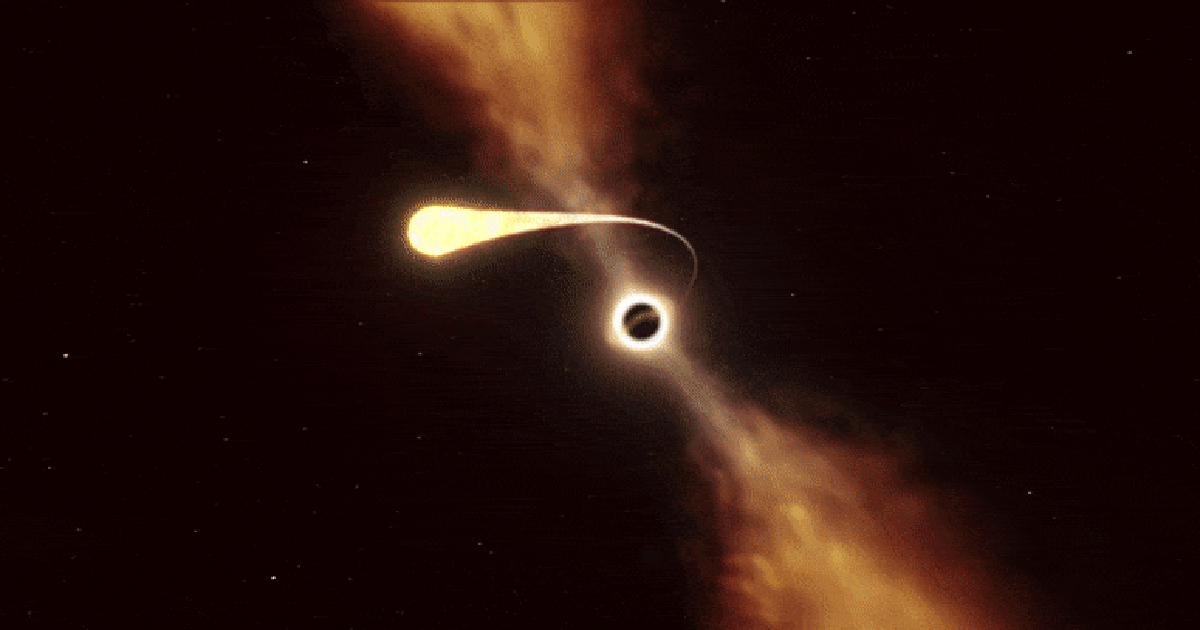
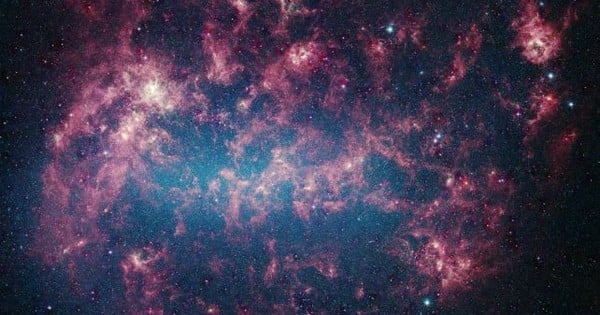
















![[Photo] Myanmar's capital in disarray after the great earthquake](https://vstatic.vietnam.vn/vietnam/resource/IMAGE/2025/4/1/7719e43b61ba40f3ac17f5c3c1f03720)





























































Comment (0)